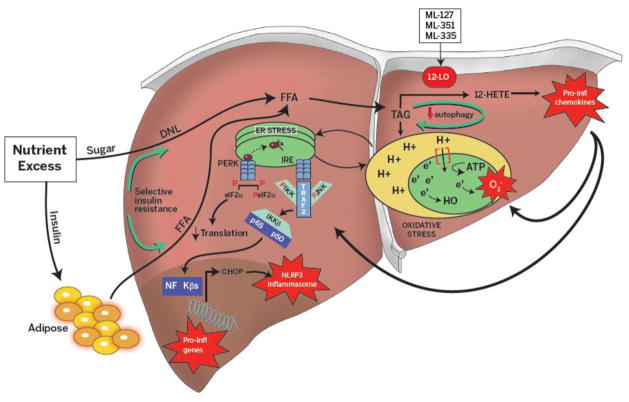Figure 1. Overview of pathogenesis of nonalcoholic fatty liver disease.
Nutrient excess leads to insulin resistance and low grade inflammation at the level of adipose tissue. This leads to the increased circulatory free fatty acids (FFA), that can be accessed by the liver. Insulin in steady state promotes de-novo lipogenesis and inhibits gluconeogenesis. But in setting of peripheral insulin resistance, insulin selectively dis-inhibits gluconeogenesis and continues to promote de novo lipogenesis, thus compounding lipid accumulation in the liver. Increased triglyceride accumulation downregulates autophagy and perpetuates triglyceride accumulation. Increased triglyceride accumulation in liver increases demand on electron transport chain in the mitochondria, generating free radical species and leading to oxidative stress. This eventually increases demand on protein folding in the endoplasmic reticulum with ensuing unfolded protein response, where transcription of inflammatory genes, which perpetuates inflammation in setting of nutrient excess. 12-Lipoxygenase (12-LOX) acts on membrane lipids (arachidonic acid) to produce oxidized lipid products such as, 12-hydroxyeicosatetranoic acid (12-HETE) which have chemokine affect, thus amplifying inflammation in the setting of fatty liver. 12LOX inhibitors (ML127, ML351, and ML355) aid in alleviating inflammatory response by reducing oxidative end product production.

